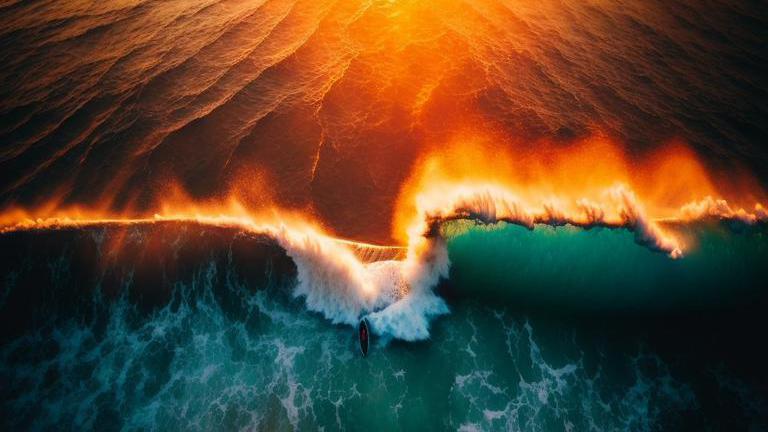
At the Sony World Photography Awards (SWPA) on April 13, Boris Eldagsen refused to accept his first-place win on the basis that his image was AI-generated.
Despite the photographer claiming that he had made an effort to inform the World Photography Organization that he had used AI in the creation of Pseudomnesia, in an attempt to open up a discussion around AI photography, he commented that, “AI images and photography should not compete with each other in an award like this.”
• Check out the best Sony cameras, from high-resolution powerhouses to vlogging machines
Since the news broke, a Peruvian photographer coined the term "prompt-ography" to describe realistic images that have been generated by AI. Some of the biggest news outlets across the world, including the BBC, shared the story – and in some ways, this stunt overshadowed the honest work of winning photographer Edgar Martins.
Isabelle Doran, CEO of The Association of Photographers, has issued a statement in response to the turn of events, in which she noted that an AI image winning the SWPA “raises some crucial questions about our ability to discern whether as human beings we can trust what we see online”.
The SWPA is judged by a panel of leading photographers, curators and industry experts who have years of experience and although they were aware that AI was used in the co-creation of the image, decided to award it anyway since it was submitted into the creative category. On April 15, the World Photography Organization issued a statement explaining, "The Creative category of the Open competition welcomes various experimental approaches to image making from cyanotypes and rayographs to cutting-edge digital practices. As such, following our correspondence with Boris and the warranties he provided, we felt that his entry fulfilled the criteria for this category, and we were supportive of his participation."
Doran continues to point out that there is merit in Eldagsen admitting he submitted an AI image but refusing to take the prize, while also recognizing the importance of authentic and original art made by real people.
Many photographers may use AI to assist in the photo editing process, such as the latest neural AI filters in Photoshop to replace the sky, software like Aftershoot to help with culling photos, or object selection tools in Lightroom to mask particular areas. However, Doran points out that there is a difference between assistive AI tools and AI image generators.
“What will be increasingly difficult for both industry experts selected as judges for image-based competitions, and for the public at large, will be whether we they can discern what’s real and what's AI-generated,” she continued.
Her suggestion is that AI-generated images should be labeled as such, and that governments should create policies that “balanced AI innovation with responsibility and accountability for creative human endeavors so that we don’t end u in a world where professional photographers and image makers and competing with free AI-generated images.”
In an Instagram post, Edgar Martins, the SWPA’s overall winner said that: “AI is a tool. Like so many other tools. It’s not as though photography hasn’t already reached a singularity with technocapitalist culture… AI generated work is inevitable and a natural evolution from where we are today.”
Two photography competitions have now been fooled by AI-generated images, but the fact that the SWPA is renowned as one of the most prestigious annual awards is seriously concerning.
For those photographers who have worked for months and years on photography projects, highlighting personal issues and global affairs, the question is will photography competitions start creating categories for AI images or will AI images have competitions of their own?
Have a go at making your own AI image with one of the best AI image generators







